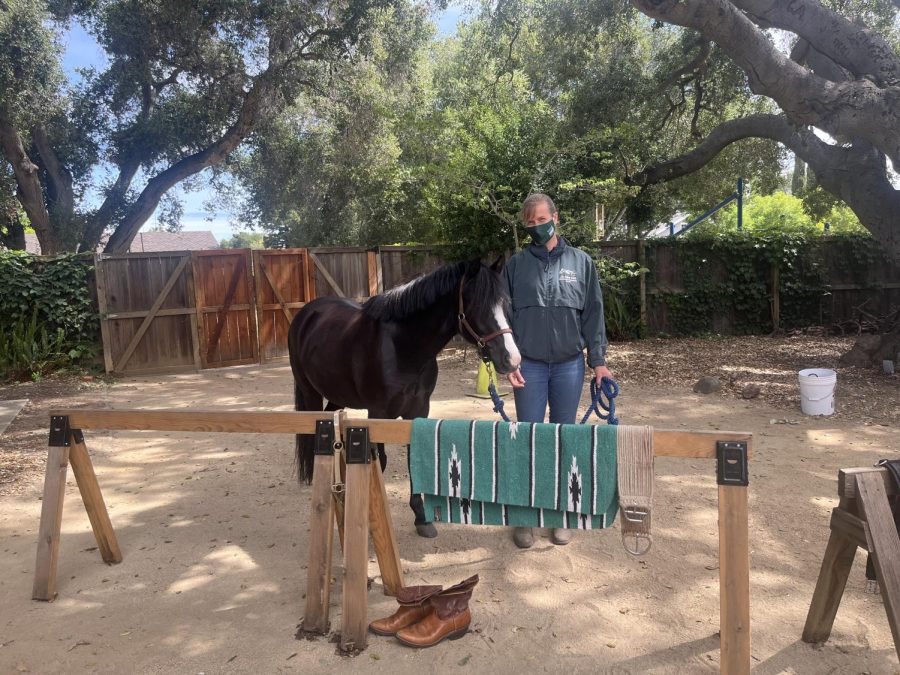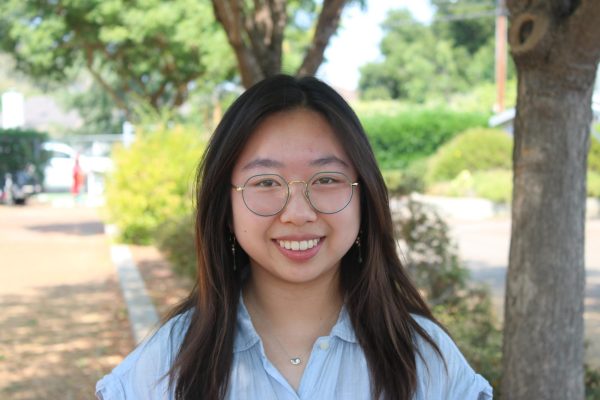Rancho Day: Celebrating the rich heritage of Los Altos

The Los Altos History Museum is decorated with interactive stations and performances for Rancho Day: Horsemanship in the Hills. The event was designed to inform visitors about the rich history of Los Altos and its cultural background.
Colorful pieces of papel picado waved in the wind above the heads of Los Altos residents outside the Los Altos History Museum. The organization put on a celebration of Hispanic heritage in its most recent event, Rancho day: Horsemanship in the Hills. The event was complete with Mexican food, informational stations, crafting workshops and live entertainment — all aiming to raise money for the museum’s new permanent exhibition.
The museum set up informational posters with both English and Spanish translations and invited a live Spanish translator to make the event more accessible. Many of the performing groups such as Danza Colibrí and Raíces de Mexico, local dance and music groups, have mission statements that include both performing and educating others about cultural identity.
The festival mirrors the museum’s new focus on amplifying different voices, creating a space to commemorate the many cultures that have lived and grown in Los Altos. Similarly, the museum is in construction to replace the upstairs exhibit with a new one centered around the idea of place titled Making Connections: Stories of the Land.
“We researched to find as many diverse stories as we could find,” Los Altos History Museum communications director Diane Holcomb said. “We want it to be inclusive and represent all the people who have shaped this area.”
Not only will the exhibit be more interactive and incorporate technology such as augmented reality, but there will also be sections for each part of the city. From the hills and creek to the town, the museum wants to tell a more comprehensive story of Los Altos.
“It’s really focused on trying to bring people back multiple times, because there’s too much information to take in and just one visit,” collection specialist Jordan Grealish said. “I think it’s going to revitalize a lot of interest in the museum.”
Another performer, Christian Navarrete, practices the sport of Charrería, a Mexican tradition that combines horseback riding with other skills such as rope tricks. He agreed to the museum’s request to perform in order to share his culture in a genuine and authentic way.
“Today, they call it charro life or no life,” Navarrete said. “Because it consumes who you are and the way you dress, and the way you honor and pride yourself. It all ties into the honor and pride of being of this heritage.”
Navarrete hopes that the attendees of the event could leave with a better understanding of the meaning and importance of heritage.
“No matter what culture you may be from, always be proud of it,” Navarrete said. “Each generation is another opportunity to be able to enrich and improve how we treat each other as human beings and how we carry ourselves from a day-to-day basis.”




